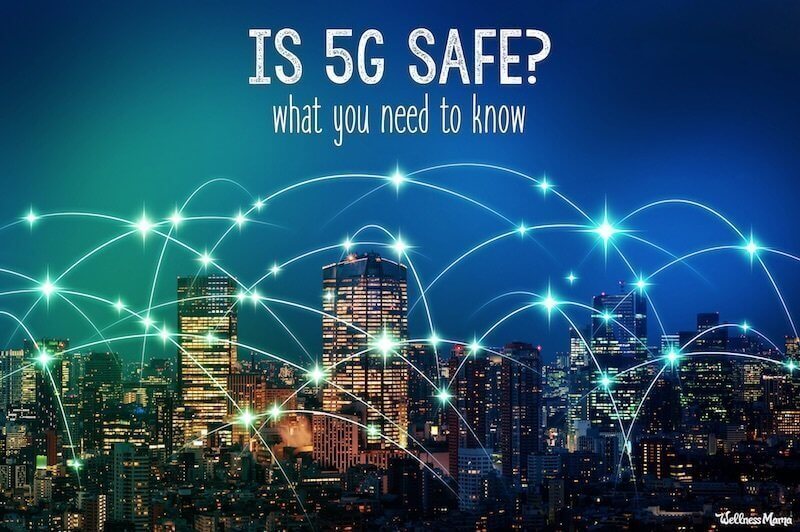5g cell towers are a new kind of antenna that's being utilized by wireless companies to offer internet-based services. They have more capabilities than 4g towers, and they can be much bigger and stronger.
Cities are increasingly concerned that these towers could cause harm to residents. The concerns are related to aesthetic, privacy, and health concerns.
They're Bigger
With 5G, the frequency of radio waves is higher than 4G, which means it needs more towers to transmit data. This can increase the amount of radiation that can be released into the environment.
This is a huge concern for HOA communities, real estate investors, as well as those concerned about adverse health effects. They fear that the introduction of additional 5g towers will decrease the value of properties and adversely affect public health.
The only way to solve this issue is to alter the way we communicate through WiFi instead of the traditional cellular networks. It's unlikely to be a quick process, but it will eventually happen.

But how will that be achieved? How can we improve the security of our cell towers? https://canvas.instructure.com/eportfolios/1972452/Home/Guard_Yourself_From_Electromagnetic_Fields_By_Using_Certain_Clothes lies in the technology inside of cell towers, also known as small cells.
They're more expensive
If you're in the city, you've likely noticed large towers of cellular equipment that sit atop masts and other structures. These are towers that are 4G and they're used to supply wireless networks to the surrounding areas.
They're usually 50 to 200 feet high, and are made to blend into the surroundings to minimize their aesthetic impact. In comparison to 4G, 5G technology requires much denser tower coverage in order to provide coverage across a wide area.
Those dense cell sites can be difficult to maintain as they must be continuously connected and capable of delivering fast speeds. In what is a safe distance from a 5g cell tower , they're more expensive than other kinds of towers.
If you're a tower owner or an operator for mobile networks, it's sensible to upgrade your towers to 5G in anticipation of new technologies coming to market. Adding these newer technologies to existing sites will help to improve the functionality of the site and eventually result in more income for you.
They're more dangerous
What is it that makes 5g towers bad?
One of the main concerns about 5g towers is that they emit more RF radiation than other kinds of towers. safe distance from cell tower have to be placed more densely over a large area to ensure that they are covered.
The RF waves given off by cell phone towers do not possess enough power to cause damage to DNA directly, or even heat tissues in the body, but they are able to break down chemical bonds in DNA, which could harm cells and lead to cancer.
The concern is that living in close proximity to the 5G tower could cause negative health effects.
This is because 5g towers are more likely be situated near to schools and homes where they can transmit rf waves continuously. They will be closer to you than before and there is a greater chance that radiation from them is absorbed by your body.
They're Not Necessary
5G networks use a new part of the spectrum used to transmit data. They are referred to as millimeter waves. They're much shorter than conventional radio waves, at less than 1 to 10 millimeters in length. They are more frequent and can transmit more energy.
In order to provide the super-fast speed and low latency that 5G promises, you need to have a massive array of mobile towers. This means a lot of masts for cell phones to be able to cover roads, cities, business districts, colleges and even farms.
However, there are other alternatives to provide high-speed internet in densely populated regions. One possibility is to construct tiny cell sites that are densely spread to reduce coverage gaps.
The biggest issue is where these tiny cells will be placed and how they'll impact residents. Local authorities and residents are working to find ways to block these structures or stop them from occurring in their neighborhoods.
